You know the story.
Little Red Riding Hood lives alone with her mother and is sent out into the wilds to go see her granny.
En-route she encounters a charming but deadly wolf. Some gaslighting and deceit later and a family is devastated, but the narrative remains for posterity: sometimes bad things happen to children and their family members.
A cherished story for the generations? Forgive me, but I think it’s time for a re-write.
Once upon a time…
We’re now going into October – a month designated to raise awareness of domestic violence globally. And listen, I believe in these days, weeks and months, I do.
They invade our consciousness with truths we didn’t know – like the numbers of men who are victims of this type of abuse. And they offer up lightbulb moments sparking us into action ourselves. Yet I feel exhausted that this one in particular is STILL needed.
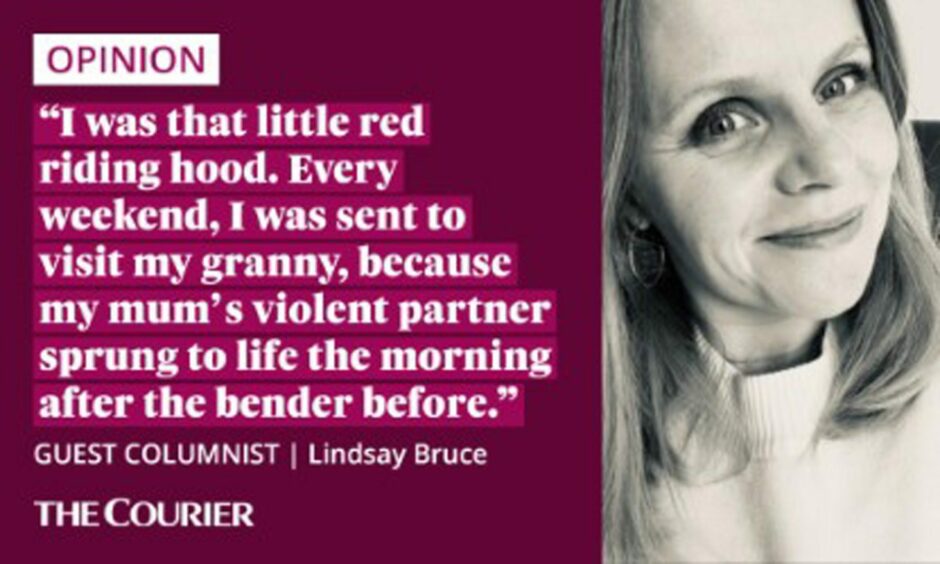
Let me take you back to our macabre fairy tale to explain why.
Once upon a time, with no exaggeration, I was that little red riding hood.
‘Go to your gran’s’
Every weekend, I was sent from my home, to go visit my granny, because my mum’s violent partner would spring to life the morning after the bender before.
Getting myself dressed, age five or six, I was instructed where to go and how to get there.
This was my mum’s way of sparing me from witnessing the verbal and physical abuse that would almost certainly occur.
She was amazing, my mum. Such strength. If I smell foundation and lipstick even now it reminds me of her painstakingly applying make-up to cuts and bruises, or her multiple-times broken nose.
I didn’t understand then, however, why we couldn’t just leave. Or why the wolf was so nice sometimes and seemingly out for blood the next.
Happily ever after?
The big bad wolf in my case, slept in the room next to mine, but was rarely a direct threat to me. That said, what he subjected my mother to, and how that affected my granny, was no less brutal than the devilish wolf in the story.
Yet this happened in the 80s. And here we are now still making sure people are aware. Aware of it happening. Of how to get help. Aware that a repeat of such stories time and again detrimentally affects children in these scenarios.
Are we any further forward? Could there be a happier ending?
Children feel the impact
I certainly hope so because post-pandemic we learned that there was a 7% increase in domestic violence being reported to police. And in recent weeks an investigation revealed pressures on cost of living have seen an ‘unprecedented’ rise in domestic abuse.
Closer to home figures revealed that Tayside, Central and Fife saw the highest number of domestic abuse charges in Scotland last year.
This means that malleable minds, and hearts, and nervous systems of children are being shaped, often, in unsafe places.
When I was in the midst of chaos I retreated into my books. I escaped into fairy stories and imaginary lands. Women’s Aid believe there will be one in seven kids like me. They’ll perhaps identify as being a little Goldilocks: Seeing themselves in a story about coming home to broken furniture.
Or an Aladdin, desperately wishing for a way out. Perhaps some Cinderellas quietly living in silence as if trauma is entirely normal. Or a me, who wandered about with her hood up in rainy Lanarkshire, so I didn’t see my mum clean blood off the artex.
‘All the better to free you with…’
Later in the tale of Little Red Riding Hood the wee girl questions what she sees and knows to be wrong.
“Why are your eyes so big?” she asks. “All the better to see you with,” the Wolf replies, beginning his epic gaslighting.
Still she questions more.
“Why are your arms so big?” – “All the better to embrace you with.”
Before long she is his next victim.
It always made me desperately sad as a child, but angry as an adult.
Sure the story is a warning not to believe everything you’re told – but without question the victor is the wolf who forced his way into that wee lassie’s safe space.
Thank God if you’ve never read a fairytale with anything but innocence. But I dream of a world where we wouldn’t even create stories where kids are harmed by manipulative protagonists just in case it somehow feels ‘normal’ in real life.
I’m so over passive ‘awareness’ that requires very little from any of us. Let’s begin a new narrative, let’s equip ourselves and our kids to challenge the wrong in the world.
“Why is what I need to know so big mummy?” – “Well, it’s all the better to free you with!”
- If you feel scared of your partner or if you are worried about someone you know, you can get in touch with Scotland’s 24 hour Domestic Abuse and Forced Marriage Helpline on 0800 027 1234 or visit sdafmh.org.uk
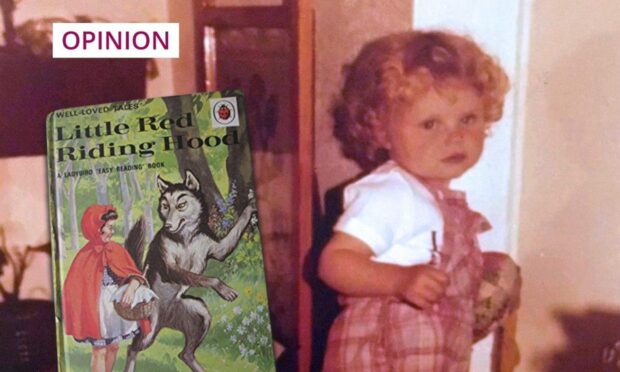

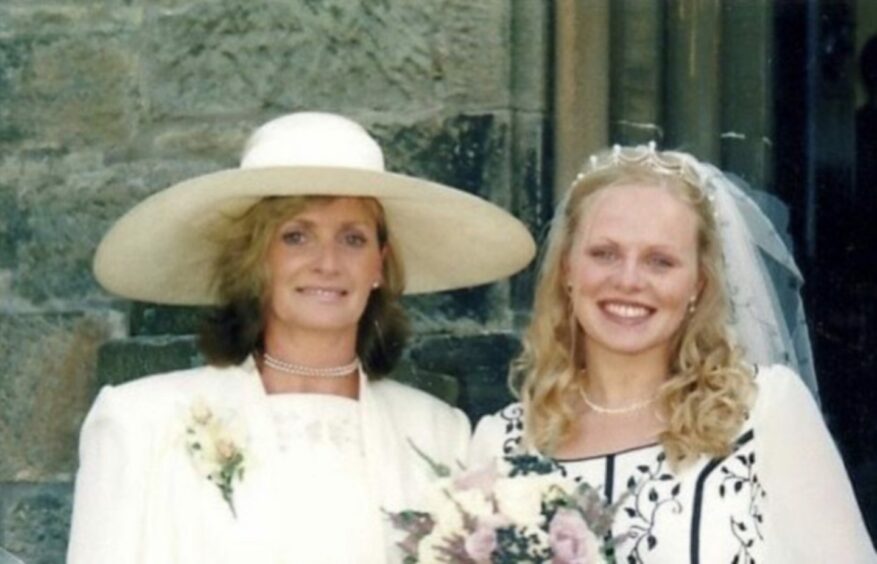
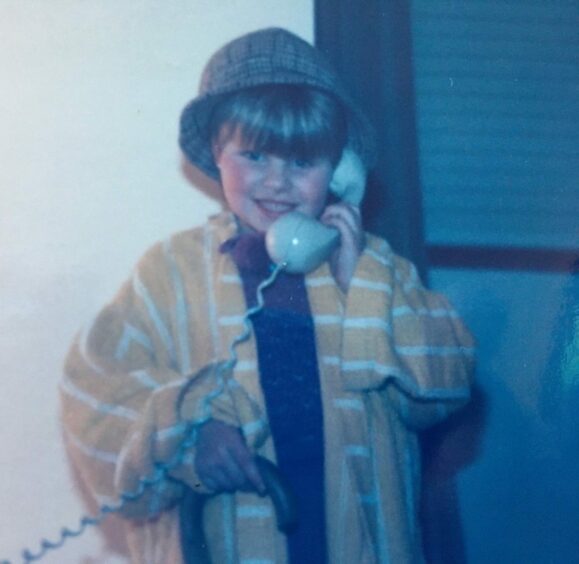
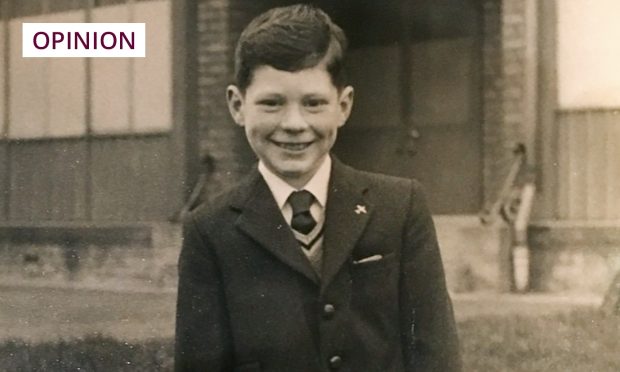
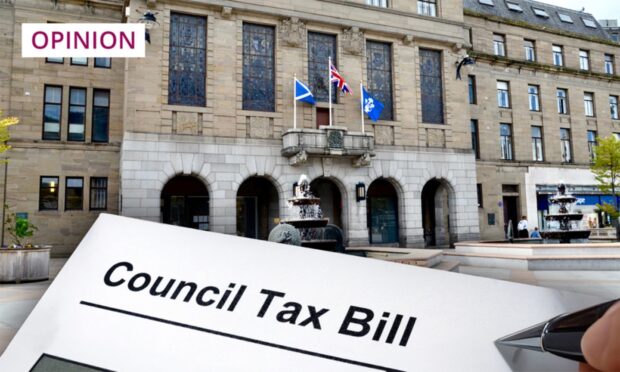
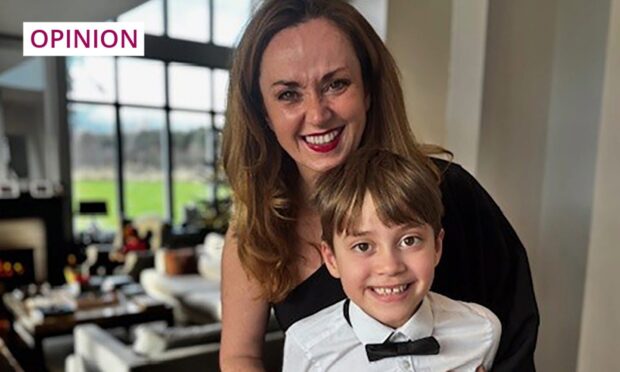
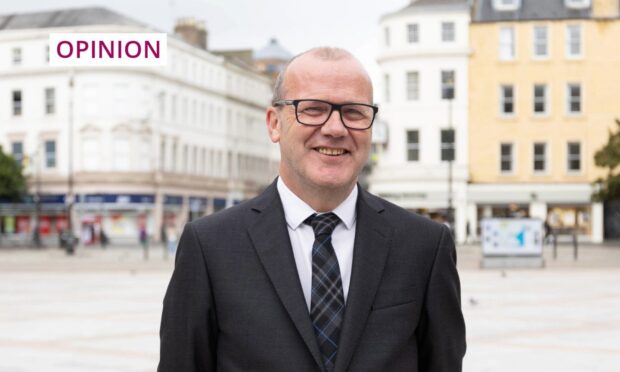


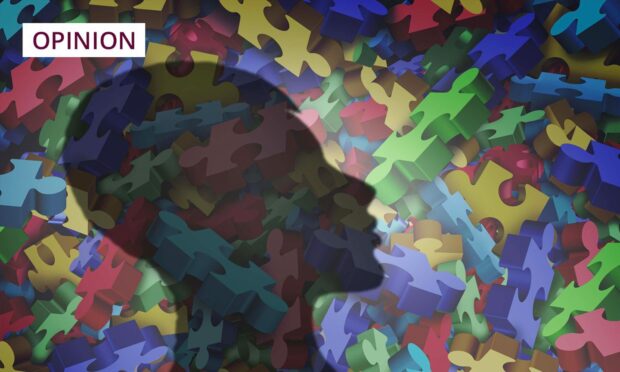

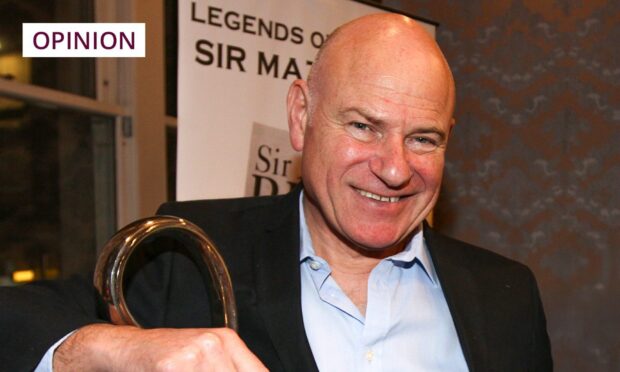
Conversation